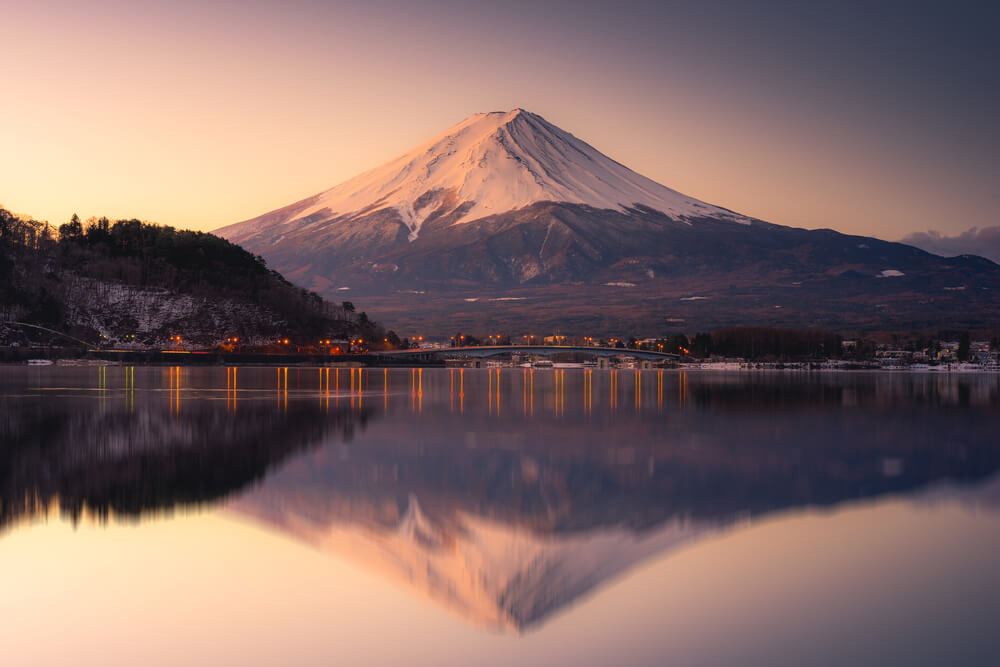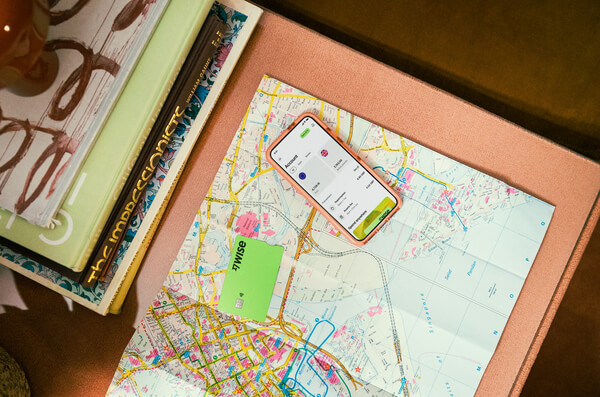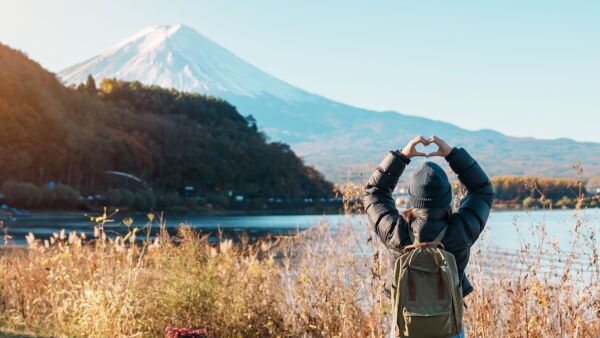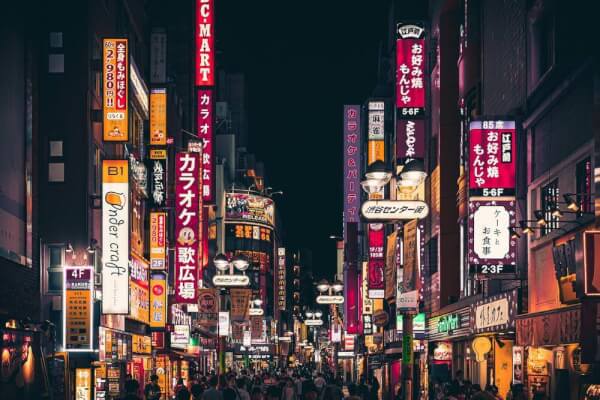Best Travel Insurance for Japan: Review of Options in Australia [2025]
Looking for Japan travel insurance? Compare Australian providers' coverage options, prices, and benefits for your Japanese adventure.

This is intended to serve as a general guide. Always check with official sources for the latest government and health advice.
Opting for tap water is often the most eco-friendly and cost-effective way to stay hydrated while traveling. But when you're in a new country, knowing if the tap water is safe is crucial to avoid any unexpected health risks. If you're headed to Japan, you're likely wondering: is its tap water safe to drink?
The quick answer is yes. This guide will clearly explain why Japan’s tap water is safe, and detail its quality to help you prepare for your trip. We’ll also introduce the Wise card, a useful travel companion to help you save on spending during your time there.
| Table of contents |
|---|
Yes, tap water in Japan is generally safe to drink according to the Japan National Tourism Organisation1. It is regulated by the Ministry of Health, Labour and Welfare, and its quality follows the country's Drinking Water Quality Standards2, and also adheres to the World Health Organisation (WHO) Guidelines for Drinking-water Quality.
Restaurants often serve it to customers, and residents in mountainous regions are proud of their clean, cool water. While some locals may still choose bottled water or filters, this is typically for personal taste rather than a concern about safety. As a practical tip, always check if your specific tap is safe for drinking. Although the public water supply is reliable, older building plumbing or other disruptions could affect the water quality.
The primary official government authorities responsible for tap water quality and regulation include the Ministry of Health, Labour and Welfare (MHLW)2. The MHLW establishes Drinking Water Quality Standards and Technical Standards for Water Supply Facilities based on the Waterworks Act. These standards encompass 51 distinct parameters and the water utilities are required to monitor the tap water quality regularly in order to make sure that water meets the standards. Local entities, such as municipal public waterworks bureaus, are responsible for daily operations, management, monitoring, and enforcement of water supply projects.
Japan's tap water supply predominantly comes from primarily surface water from rivers and dams, making up approximately 73% of the supply, with groundwater accounting for the remainder3. These sources undergo comprehensive treatment, typically including coagulation-sedimentation, rapid and slow sand filtration, and disinfection methods like chlorination.
Japan's tap water is generally characterised by its softness, particularly from mountainous surface water sources, typically measuring 50-100 mg/L as CaCO3 in hardness4. Its general taste profile is often described as mild and neutral, though a slight chlorine taste may be noticeable, especially in larger cities. This taste is influenced by regional variations in hardness and the presence of chlorine. Despite its safety, some locals might still prefer filtered or bottled water for taste reasons.
Staying hydrated is key to a great trip, and so is managing your travel budget wisely in Japan. The Wise card is a simple way to save when you're spending internationally, be it on bottled water, food or shopping. You can spend in 150+ countries, including Japan, at mid-market rate — basically the rate you see on Google. With no foreign transaction fees and low, transparent pricing, Wise usually gives you the best value for your money.

Simply create a Wise account for free, order a card and top-up to get started. Having a physical Wise card allows you to make chip and pin payments, as well as make some free ATM withdrawals each month for when you're in Japan. You can get digital cards and add to your Google or Apple Pay wallet for instant use. Spend directly with the Wise account and let auto-conversion do the trick or convert in advance to JPY. You can hold and exchange 40+ currencies in your Wise account and spend the currencies you hold for free.
Wherever your travel takes you, the Wise card makes spending money abroad cheaper and easier.
This general advice does not take into account your objectives, financial circumstances or needs and you should consider if it is appropriate for you.
Please see Terms of Use and product availability for your region or visit Wise Fees & Pricing for the most up to date pricing and fee information.
Boiling tap water in Japan is not necessary, as it is generally safe and drinkable without boiling as it follows strict Drinking Water Quality Standards. However, always check with the local authority guidelines and if your specific tap is safe for drinking.
The taste and quality of tap water can vary between regions and cities due to factors like the specific water source, purification methods, and local plumbing conditions. For instance, mountainous regions are known for their cool, clean water, and Tokyo's tap water is classified as moderately hard.
Yes, the ice served in restaurants and bars in Japan is generally safe to consume. Restaurants commonly also provide tap water free of charge.
Bottled water is widely and easily accessible throughout Japan, available in supermarkets, vending machines, and convenience stores.
Some people in Japan use water filters primarily due to personal preference for taste, as a faint chlorine taste may be noticeable in some areas. Filters can help remove these residual impurities. Concerns about the taste impact from older building pipes can also lead to filter use.
Sources:
*Please see terms of use and product availability for your region or visit Wise fees and pricing for the most up to date pricing and fee information.
This publication is provided for general information purposes and does not constitute legal, tax or other professional advice from Wise Payments Limited or its subsidiaries and its affiliates, and it is not intended as a substitute for obtaining advice from a financial advisor or any other professional.
We make no representations, warranties or guarantees, whether expressed or implied, that the content in the publication is accurate, complete or up to date.

Looking for Japan travel insurance? Compare Australian providers' coverage options, prices, and benefits for your Japanese adventure.

Planning your Japan trip? This guide covers the entry requirements and visa options available for Australians.

Heading to Japan? Here are 11 essential tips to help you prepare for a smooth, stress-free, and unforgettable experience!

Wondering when the best time to visit Japan is? Learn more about weather, seasons and what to do throughout the year in Japan.

Just under 10 hours direct flying time from Australia, Japan is a much-loved travel destination for many Aussies with more than half a million of them landing...

You’ll find international automatic teller machines (ATM) and cash dispensers in more than 20,000 post offices and 10,000 7-Eleven convenience stores across...